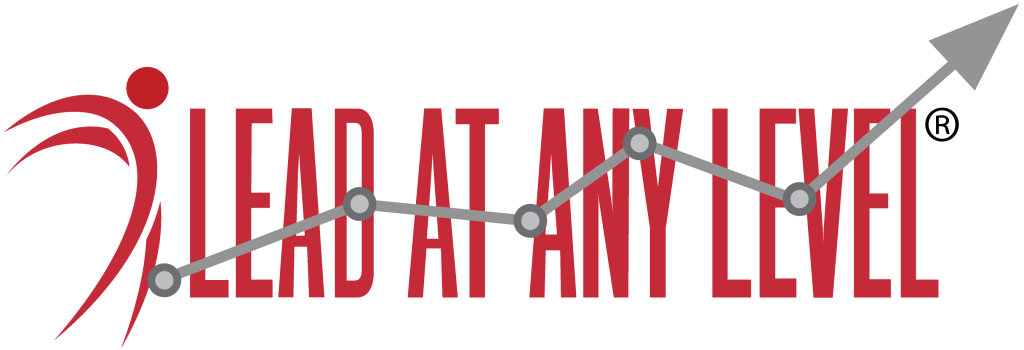In my years working in leadership and diversity instruction and consultation, one of the most powerful lessons I learned myself was how much power there is in acts of vulnerability. And in the spirit of that lesson, I freely admit that even with my years of experience in this field, I learned this fact only relatively recently. It was only about four years ago when a colleague mentioned it in one of her own articles. And it has been a rare day that I have not thought about it in both my practice and my personal life. It is a lesson that warrants cognizance and practice on a daily basis.
What Is Vulnerability?
Being “vulnerable” in this context is not simply a matter and practice of revealing one’s shortcomings, weaknesses, or errors; nor one’s personal secrets. Rather it is being authentic – real and honest. And yes, not hiding things. Especially when such hinders relationship advancement (professional or personal).
Yet, being vulnerable is, for one thing, about sharing – making known. There is a very subtle difference in simply admitting weakness and sharing such openly as a matter of revealing one’s authentic self. For example, in my profession, I know a number of women who experience “imposter syndrome”. Just stating such could be simply informative. But in being vulnerable, such a woman would open herself up to explain not only the situation or condition, and not only its professional effect but also personal ramifications. In this way, we reveal the authenticity.
What makes this ‘vulnerability’ more powerful than simply stating one’s possession of this trait, is that in revealing the effects, ramifications, and struggles, a door is opened. And through this door opportunity is found to address any fallibility. Perhaps more importantly, create a connection to others, often as a matter of empathy. (And the power of relationships should be a given.)
The Power of Vulnerability
I have come to believe strongly in the power of vulnerability. I also believe strongly as a leadership instructor in the importance of leading by example. So, before I go further, I will make my own confession … though I am an experienced professional in a field that is very relationship-centric, and although I am well versed in communications and confidence in support of my work, I am an introvert. So much so I am challenged in my work. Some people have even suggested that my difficulty in making interpersonal connections might indicate that I am on “the autism spectrum.” In admitting my struggle to my friends and colleagues, I have seen the powerful responses to this vulnerability. This has come in the form of very helpful advice and increased camaraderie, which has greatly aided in my success.
The Flip Side: Risk
We must acknowledge, however, that there is risk in vulnerability also. For one thing, it opens up the possibility of others taking advantage. But one must focus on the idea that they are exchanging personal security for the greater good. This is by far the most likely outcome. It may not be readily believed by some, but most people are good-natured. And most people will help if they can see a way in which they can. Vulnerability allows offers of help to become visible.
An Essential Component of Trust
I said vulnerability is sharing. I will also say it is caring. It shows you care enough to open up. And as the old Zig Ziglar saying goes “People don’t care how much you know until they know how much you care”. Through caring you connect, and open doors to exchange. Caring is very important in personal relationships of course, but also professional ones.
One of my professional offerings is teaching ‘trust’. I won’t go into detail, but it should not be surprising to state that trust acts as gas pedal in relationships ( again, both personal and professional); Distrust acts as a brake. And so, it can be seen that one power inherent in vulnerability is the ability to create trust. The three Cs are essential for trust: Competence, Character, and Caring. In fact, of the three, caring builds trust most quickly. This is a fact. Vulnerability, caring, and trust are thus inextricably entwined.
Where to Begin
The question is how does a person introduce vulnerability? There are several ways but here I will give one – something I call ‘intent statements’. Again, in teaching trust, I also preach leading off with honest, open statements that indicate one’s intent in any given situation or relationship. You can easily build vulnerability into intent statements. In fact, it can be said that intent statements themselves are a matter of vulnerability. The two thus nearly synonymous.
The last thing I will say in regard to vulnerability is that among the many powers that are product, the greatest might be the power of freeing oneself personally. When a person is truly authentic personal strength flows at much higher levels. People of subterfuge or façade, carry burdensome weight. Many a person in the LGBTQ+ community has learned this in “coming out.” Yes, there is a risk in doing so. And there are real potential negative consequences and ramifications. And these causing some to not expose themselves so. But a great many others will tell you that coming out was the best thing they’ve done in life. It empowered them.
Vulnerability for most of us doesn’t have to occur at such a paramount level. It can be much smaller expressions of authenticity. It may, for example, be as simple as admitting a fear. I can tell you it is not easy to identify ways in which to be more vulnerable. But I can also tell you that if you acknowledge it as a strength, and don’t shy away from vulnerability, dividends will be paid out, both extrinsically and intrinsically. Embrace vulnerability as tool and asset.
